The Favourite Movie Ending Explained: So Who is The Real Manipulator? Meaning of The Film?
The Favourite by Yorgos Lanthimos has now landed on Netflix, following the success achieved in its release year, 2019. Premiered at the Venice Film Festival, where it won the Grand Jury Prize and the Volpi Cup for Best Actress for Olivia Coleman, who later also won the Oscar for Best Supporting Actress. This Shakespearean tragedy, in which the connivance and intrigues of a group of individuals lead to the unhappiness of an entire court and kingdom, was a success with audiences and critics and established the partnership between Emma Stone and the Greek director, then consolidated with the splendid Poor Things, now in Italian cinemas. The Favourite is a reflection on how love corrupts power and vice versa, on the role of honesty in a relationship, and on how the class structure influences the relationship with power: it is the story of three lonely people who try to give a make sense of the cruelty of life as best they can. To better analyze this film, to which we have also dedicated a review, we thought we would offer you an explanation of the ending of The Favourite, which investigates the complexity of power, the corrupting influence of ambition, and the fragility of human bonds.
The Favourite: Plot Summary
The plot of The Favourite begins in 1709 when Great Britain is at war with France. On the throne is Queen Anne, who with her poor health neglects her kingdom. She prefers to devote herself to her 17 rabbits, which she considers the children she lost. Sarah Churchill, known as Lady Marlborough, takes care of power, as she is her trusted advisor. On the opposite side is Robert Harley, who would like the war to end to avoid tax increases. One day, Abigail Hill, Sarah’s cousin who has fallen from grace, arrives at court. The girl would like to regain an important role in society but is used as a scullery maid. Before long, she comes into the Queen’s good graces. Sarah promotes her as her maid. But then Harley proposes to the newcomer that she be her spy.
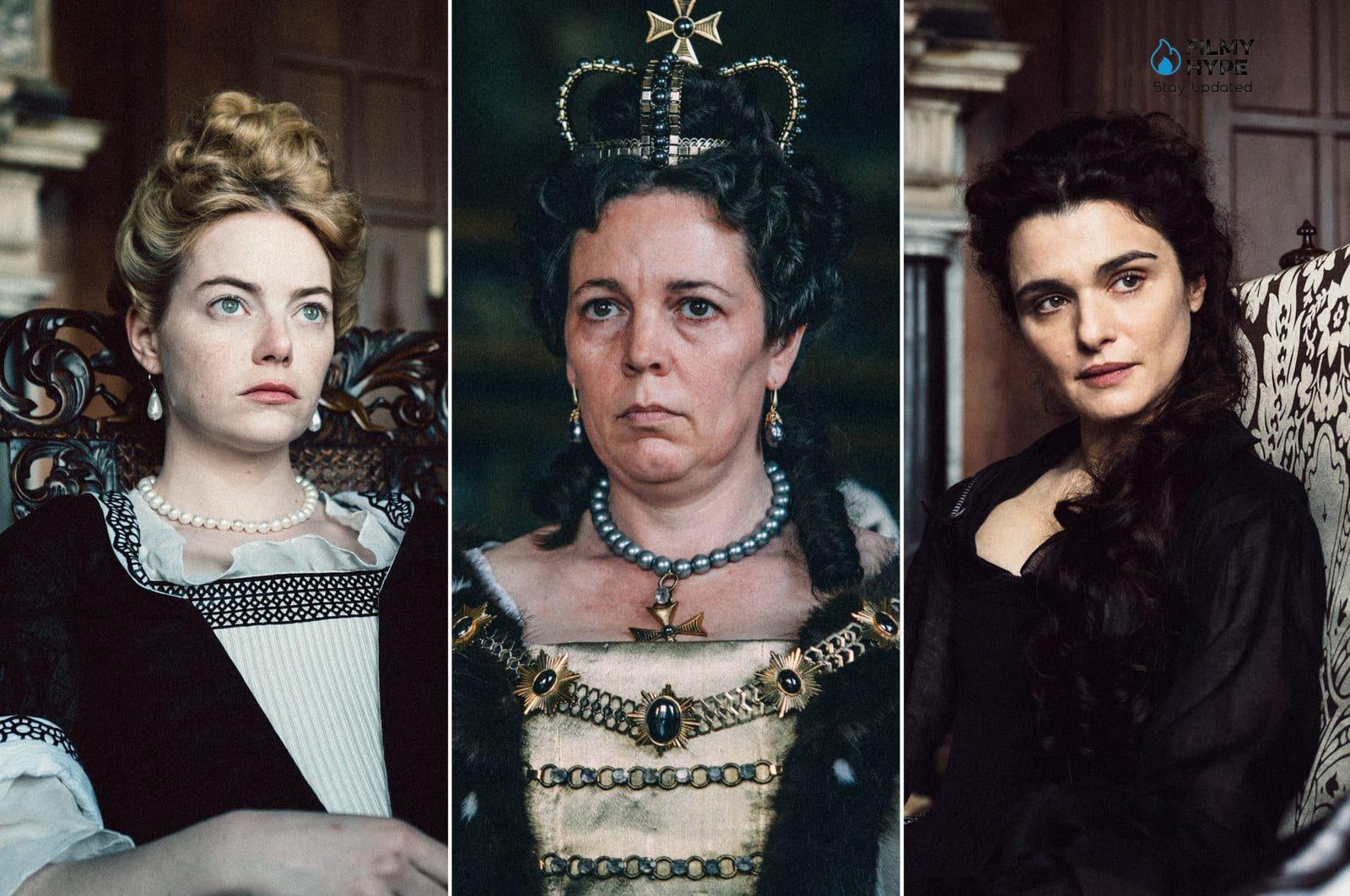
Initially, she refuses Abigail, but then she accepts when she discovers that Sarah and the Queen are lovers. The girl thus begins to organize a plan to steal her cousin’s place. Her closeness to her Queen leads her to become Lady of the Bedchamber. Not only that but a very intimate relationship is also born between them. Meanwhile, Harley exploits this situation to gain more and more power. Sarah, however, discovers her cousin’s plans and looks for a way to send her away. Thus begins a war between the two, while the Queen is pleased to be so desired, so much so that the hatred between them increases. One day Abigail poisons Sarah’s tea, causing her to fall from her horse in the woods. She wakes up in a brothel, in bad condition.
The Favourite Ending Explained: The Explanation of Yorgos Lanthimos’ Film?
Towards the end of The Favourite, Queen Anne believes that Sarah has gone into hiding to make her jealous, so she makes Abigail her favorite and gives her marriage to Baron Samuel Masham. Thus, the girl becomes a noble again. Not only that, the Queen hands over the position of Prime Minister to Harley. Sarah manages to return to court and finds everything changed. At this point she blackmails Anna: if she doesn’t chase Abigail and Harley away, she will give the press the love letters they have exchanged over the years. In the end, however, it is Sarah who is kicked out, while Abigail officially takes her place.
Abigail tries to keep the Queen away from Sarah, who is banished from the kingdom with Lord Marlborough. The relationship between Anna and the girl, however, does not proceed in the best way. This is because Abigail now leads a lustful life and places little importance on the good of the Kingdom. The turning point comes when the Queen catches her while she playfully mistreats one of her rabbits. At this point, Anna starts treating her like her servant again. The Favourite ends with the Queen making the situation clear: Abigail is a noble, but for her, she will always remain a scullery maid.
The Favourite: A Contested Queen
Yorgos Lanthimos’ film, set in 18th-century England, focuses primarily on the relationship between Queen Anne and her two closest confidantes, Lady Sarah Churchill (Rachel Weisz) and Abigail Masham (Emma Stone). While Lady Sarah, the queen’s closest friend and advisor, holds considerable political power, Abigail is a newcomer to the palace who seeks to improve her position in society by earning the queen’s favor. As the story progresses, the power dynamics between the two women who compete for the queen’s attention and affection also change and we witness the increasingly heated power war between Lady Sarah and Abigail, to the point that the latter manages to chase the first favorite from the palace, inventing a lie according to which the woman had stolen money from the treasury. On the other hand, Lady Sarah has warned the queen of Abigail’s true nature throughout the film: behind her docile attitude is an ambitious young woman, who would do anything to achieve the social position she believes she deserves.
Is Love or Not a Lie?
There is a sequence in particular, in the third act of the film, in which its meaning becomes very clear and essential for understanding the positions the characters occupy. Before her final departure from court, Lady Sarah has one last conversation with Anna, in which they discuss whether Abigail truly loves the queen. Anna would like Sarah to love her like Abigail, but Sarah is ready to respond that lies and deceit are not love. Lady Sarah loves Anne, but this love also includes the power the queen gives her. Together with Sarah, the queen has become a puppet, without the ability to decide. Abigail, on the other hand, loves herself above all else, it is her selfishness that drives her and leads her to pretend that she truly cares for the queen. Finally, Queen Anne is alone, she has always been made fun of and feels that no one could ever love her. So when she meets Abigail, a sweet and kind young woman who supposedly asks for nothing in return for loving her, she soon believes she has found someone who can give her more than Sarah.
Poor Things: Abigail’s Climb
From the moment we meet Emma Stone’s Abigail, we are meant to sympathize with her plight: we see her subjected to horrific treatment, yet another in a long line of injustices against her, and, almost unconsciously, we paint Abigail as a tragic light. About her She fits the trope of bad luck so well that we root for her all along the way. In this sense, it also helps that her rival, Sarah Churchill, is such an outspoken and sometimes simply rude presence in the Queen’s life. Especially after learning how miserable the queen’s existence is, we cringe every time Sarah undermines her self-esteem and treats her with disrespect. By comparison, Abigail seems like the perfect lady-in-waiting, helping the queen ease her constant pain (literally, in the case of gout, and figuratively through flattery). The immediate effect on the audience is that we see Abigail as the heroine and Sarah as the villain: in reality, this is a misdirection of the script, aimed at placing our sympathies where they shouldn’t.
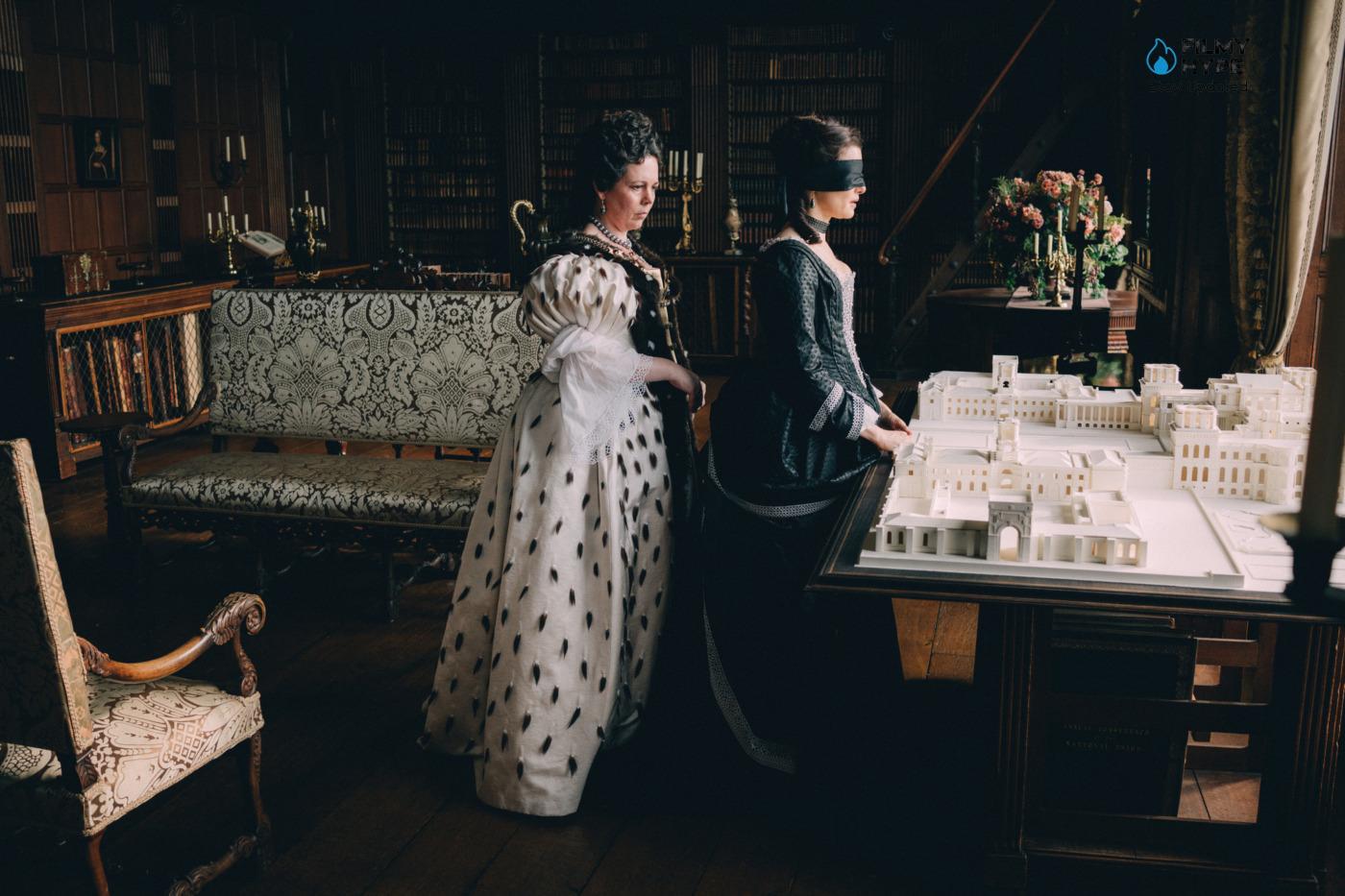
The perception we have of Sarah and Abigail at the beginning goes hand in hand with the different treatment given to the Queen: she sometimes may seem heartless when she addresses her superior, but she always does it with a purpose. On the other hand, Abigail’s approach to the queen’s graces is pure flattery. At first, the queen even suspects foul play because she is not used to such lavish treatment: as the queen grows accustomed to this treatment from Abigail, she increasingly questions Sarah’s motives, allowing herself to be blinded from his need for affection and adulation and losing sight of the value Sarah has for his well-being. The moment Sarah leaves the court, the queen no longer has an honest voice around her to curb her short-sightedness.
She has surrounded herself with yes-men (yes-women?) and has thrown away her life’s only source of true love in favor of empty gestures. Sarah knows this from the beginning, and she does not see her position of political power as manipulation, but as a necessary function for the smooth functioning of the Queen’s court. Sure, the queen holds power, but that doesn’t mean she always has her best interests in mind. And when Abigail replaces Sarah, there is no one else to act on behalf of anyone else’s desires… only her own. Abigail has no aspirations other than to survive she is committed to the individualistic mission of reclaiming her birthright and, like Sarah, she sees the queen as a vehicle for achieving her goals. Abigail doesn’t care what happens to the country as long as she is safe. This is the crucial difference between her and Sarah: while Sarah may be just as ruthless in her conquests as her, she does so to achieve the ultimate goal of greater prosperity for those around her, not just herself.
Trampling on Power
The final image with which Lanthimos concludes the story of The Favourite is that of a despondent-looking Queen Anne, receiving pleasure from a submissive Abigail, superimposed on an image of rabbits that continue to reproduce, which best highlights the game of bad luck established between the three protagonists. Abigail thinks she has won when Sarah leaves the court but, in reality, none of the three women are happier than she was at the beginning of the story. In the finale, Abigail’s true nature is revealed: while the queen rests, her supposed favorite tramples one of her rabbits to the point of suffering. The queen watches this scene in astonishment. Her seventeen bunnies, as we learn throughout the film, represent Anna’s children, all of whom died before or shortly after her birth. Figuratively, Sarah’s departure has sealed the death of the queen, and the discovery of Abigail’s evil face is just another loss. All three protagonists have become completely miserable, chained to their decisions permanently. If Anna had decided to trust Sarah, perhaps she would have retained her love for her, but she would not have been able to regain control of the country.
Instead, by trusting Abigail’s love, she gained some of the power Sarah wielded, but she lost the only true love she ever had. In the end, Queen Anne is sick and alone, completely alone. Initially, Abigail immediately becomes fond of the rabbits: she knows the sentimental value that these creatures have for the queen, and for this reason, she indulges her whims by flattering them as the queen does. She doesn’t care about them, but when it comes to keeping up appearances, she knows that the easiest way to get to the Queen’s heart is to pretend to love them as if they were hers. Sarah, on the other hand, thinks rabbits are unpleasant. She knows what they represent, and she believes the Queen is hurting herself by continuing to mourn what she cannot reclaim. She also refuses to pretend to care just because the Queen wants her to.
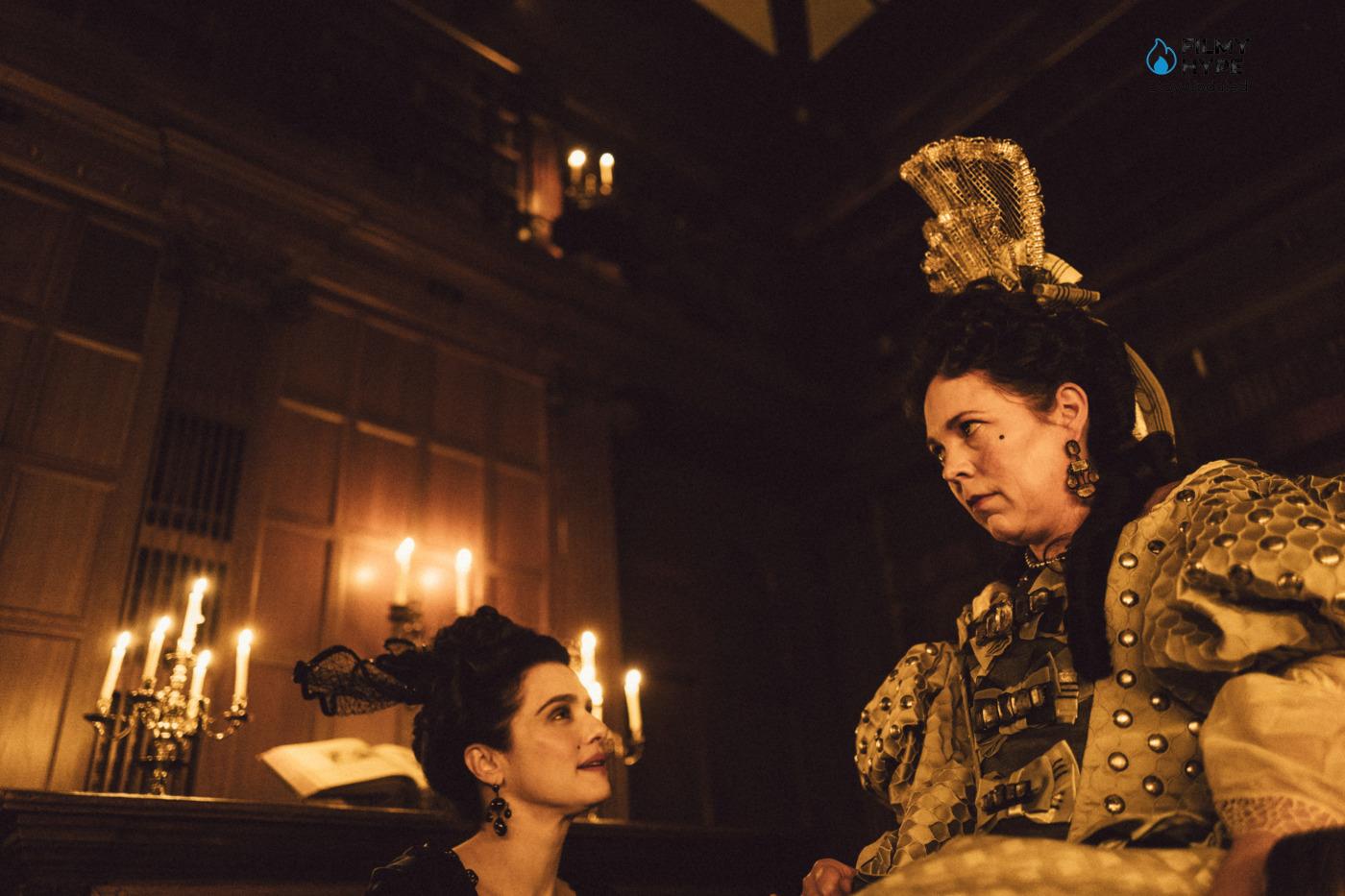
The rabbits become a point of consternation for the Queen, a manifestation of the difference between her relationship with Abigail and that with Sarah. After having put up with Sarah’s severe and apathetic behavior towards her pain for years, she has finally found someone who supports her and allows her to continue along the path of self-resignation that comforts her so much at that moment. Abigail’s ruthless treatment of the rabbits proves to the Queen, once and for all, that she never cared about the Queen and her interests… she only used them for political gain. Thus, the final image is not only to be understood as tragic for Abigail, who is relegated to the position of a rabbit (a toy) but also a tragedy for the queen, who realizes that she has thrown away the only caring relationship that I have ever had for a deception. Just as the rabbits represent her deceased children, Abigail is now a stand-in for Sarah, a false love that is only a facade, and both are condemned to a life of unhappiness. Anne reasserts her dominance, forcing Abigail to pleasure her, making her realize that the charade is over and that all that remains is empty pleasure.
The Queen’s Rabbits: Materialization of Fragility and Pain
Queen Anne has 17 rabbits, as many as her lost children, who she treats like humans. Delicate and defenseless, the little animals also seem to arouse the tenderness of the super-calculating Abigail, who loves to play with them while entertaining the queen. Anna suffers, her gout gives her no respite (hence the request to her “handmaids” for frequent leg massages to relieve the pain, which nevertheless leads to sexual intercourse), and she seeks physical pleasure as the only escape route from physical and psychological suffering. We cannot speak of a real lesbian inclination, but rather of a surrender to the only joys that her life can still reserve for her, given her mental conditions and progressive physical decay. Sarah and Abigail – sadly – with their falseness are the only people who manage to make Anna feel like a still desirable woman and the queen thus enjoys the bitter rivalry created between the two, fomenting it out of pure narcissistic pleasure.
But after having definitively banished Sarah and her husband from the kingdom, when Abigail manages to prove to Anna that her cousin and her husband have stolen money from her, the queen soon realizes that she has kept at her side a much worse person than the previous one. who, despite his opportunism, had always had his well-being at heart. And this is the moment in which she manages to temporarily put her fragility aside and remember who is in charge.
The Ending of The Favourite and the Price of Undeserved Success
With Sarah now out of the kingdom forever, Abigail feels strong in her position. In a moment of idleness in the queen’s rooms, Anna glimpses the young woman arbitrarily mistreating one of her bunnies, crushing him with her foot for pure sadistic pleasure. At that precise moment, the woman realizes who she has in front of her: a ruthless careerist, who has achieved her goal because she has no limits or scruples. He then calls her back to him, ordering her to massage her leg (to most likely lead her to yet another oral sex from her) but this time he remains standing, making the girl kneel and tugging her forcefully by her hair. Abigail continues to follow the order, aware that displeasing the queen would decree the immediate destruction of her fortune, while her gaze overlaps with the image of the bunnies that – teeming with life – fill the screen, wanting to symbolize that she too, like them, she is a fragile creature dependent on her master and that her success – devoid of joy and full of the same loneliness that afflicts the queen – does not derive from any merit, other than that of knowing how to sell herself to the highest bidder.
The Meaning of the Film
The film opens with the Queen’s undressing ceremony. The scene is regal but the sovereign, once she has taken off her elegant robes and put on her nightgown, sighs with relief. It seems clear that this type of task weighs down Anna’s already troubled soul. In contrast to her constant restlessness, we find the world of the court, which is immediately presented as a place of deafening frivolities and empty pastimes (such as duck racing) peppered with political discussions.
In this context, rather than the love triangle between Queen Anne, Lady Sarah, and Abigail, what seems to be the central theme of the film is the power dynamics between the three. Sarah has a decisive influence on the queen, who instead seems subjugated, more than by Sarah, by her own emotions. Abigail, however power-hungry and calculating, is always in some way subjected: by her father and the man to whom she was sold, by Harley, by Sarah, and finally by the queen. As noted by Savina Petkova in her review of the film for Cinea:
All the characters have a totally dysfunctional relationship with food. No one enjoys a real meal. The only time a laid table is shown is during a wild, drunken party. All other times, the act of eating is replaced by gobbling, stealing from plates, overindulging, and throwing food at other people.
It is never nourishment, but entertainment and an emotional substitute. In her attempt to fill a void, the queen eats an entire cake and vomits it, only to begin eating another piece. A metaphor that indicates the attempt to repress one’s disruptive emotions, which somehow always come out, copious and terrible, like vomit. The queen’s body is another fundamental element of the plot: oppressed by gout and above all sterile. A body that has lost 17 children, replaced by as many rabbits. A body that is the object of struggle between Sarah and Abigail, which represents the allure of power, of an incontestable authority. A body that becomes an opportunity for Abigail to get noticed, giving him relief with herbal compresses. Even in this, we can see the difference between her two favorites: Abigail focuses on satisfying the queen physically, while Sarah pushes her to have an ethical and political responsibility.
The queen can no longer tolerate any representation of joy around her: music and dancing and they offend her. Any demonstration of vivacity and cheerfulness other than moments spent with one’s lover or one’s rabbits is unbearable. The human loneliness and the deep depression of the ruler are highlighted by very wide shots in which the woman seems alone and disoriented in rooms that seem too desolate and too luxurious. As already mentioned, the loss of his 17 children is not an anecdote invented for storytelling. Sarah harshly criticizes Anna’s decision to get a little rabbit for each of these deaths. Abigail, on the other hand, demonstrates a sort of tenderness for these creatures, with the clear intent of ingratiating herself with the queen. In a certain sense, she too initially seems like a little rabbit: delicate, sweet, innocent, and above all harmless. She seems capable of giving the queen what she needs: an unconditional love that she seems not to have received her entire life. Anna, after having repudiated Sarah, thinks she has found him in Abigail.
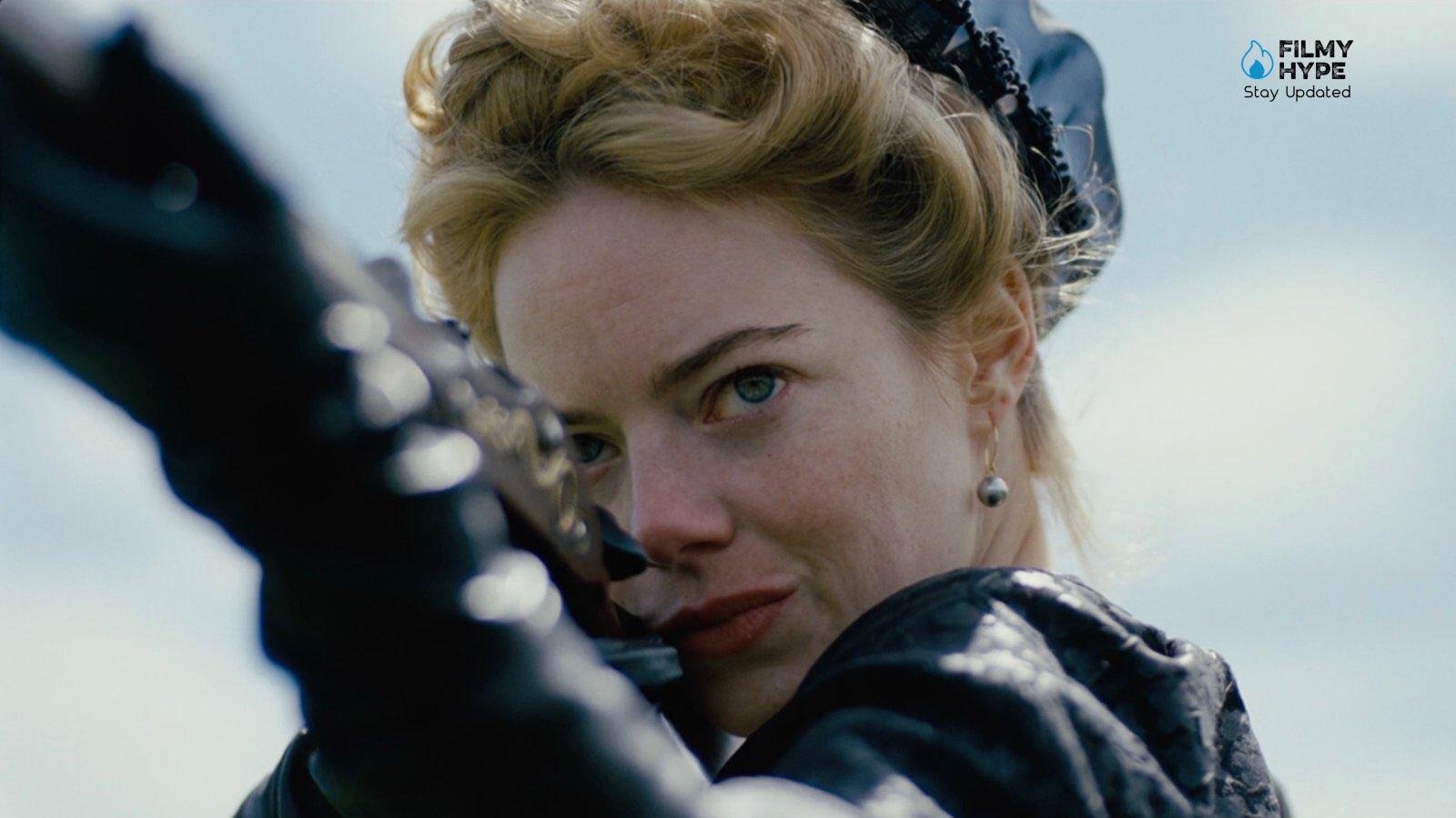
That of The Favourite is a world of women, different from each other (and it is no coincidence that it was written and created by women). Women who fight, love, and have sex. The men are just almost parodic specks in the background, unconsciously manipulated or pandered to. The sexuality is explicit and the references to it (as well as to the scenes) are often equally explicit. Passion between women, violence, and seduction are the underlying themes of the whole story. When Lord Masham, Abigail’s admirer, enters her room at night, she asks him, “Are you here to seduce me or to rape me?” When the man claims to be a gentleman, the girl replies: “Rape me then”. And their flirting, in the days that follow, is no less predatory or violent. But precisely, this is a story of women.
The final winner of the contest between the two ladies is Abigail. Sarah, removed from the court and accused of treason, seems to have lost, while the new Lady Masham is the queen’s favorite, and lives in the luxury of the court, respected by her peers and endowed with a new kind of power. Verified historical events, which go beyond the film, however, tell a different story: upon the queen’s death, Abigail was removed from court and retired to the countryside, and the new King George I rehabilitated Lady Marlborough’s name. In fact, to this day, Abigail and Queen Anne remain historically and politically irrelevant figures, while Sarah and her political choices shaped what would be English politics for years to come.
Throughout the film, we often see Abigail questioning her morals, focused on vowing not to betray her (personal) conscience. In the end, her victory occurred precisely because she abandoned all scruples and any type of ethics. Lanthimos, from the first to the last scene, manages to give a clear impression of how fragile English politics was in that period, and how little things are enough to turn the fortunes of a country around. War is always present, but always distant, and a signature, a permit or a statement (abstract things, which seem more like bureaucratic hassles) have the power to upset the outcome. The only one who seems to be perfectly aware of it is Sarah. Right from the start, her character is presented to us as very practical, and honest, but also ruthless and at times rough. Her honesty and her clear vision of the English geopolitical situation are saving for the credibility of Queen Anne, held only marginally in consideration in political and palace life.
Abigail, on the other hand, is everything that a fragile, insecure, and deeply depressed person like the queen seeks: she is sweet, accommodating, and seems to care about the sovereign’s temporary relief more than the fate of the country. Her intentions seem candid and genuine when, from the beginning, we clearly perceive that her only goal is the rise to power. Unlike Sarah, she is completely ignorant of politics and often lies. She knows how to get power, she craves it, but then she has no idea how to manage and maintain it: she is a woman made of appetites.
What do the two women have in common? Manipulation. In a certain sense, power. The power they have over the queen and her decisions. But the queen, as already mentioned, is emotionally maimed by her own insecurity and constant need for love and reassurance. When she (now late) understands that Abigail is not the empathetic and sweet girl who had presented herself as a maid sometime before her, she does not call Sarah back to her, believing that the latter has forgotten her. She prefers to hurt Sarah (by whom she feels rejected) than to send away Abigail who now shows herself in all her terrible nature.
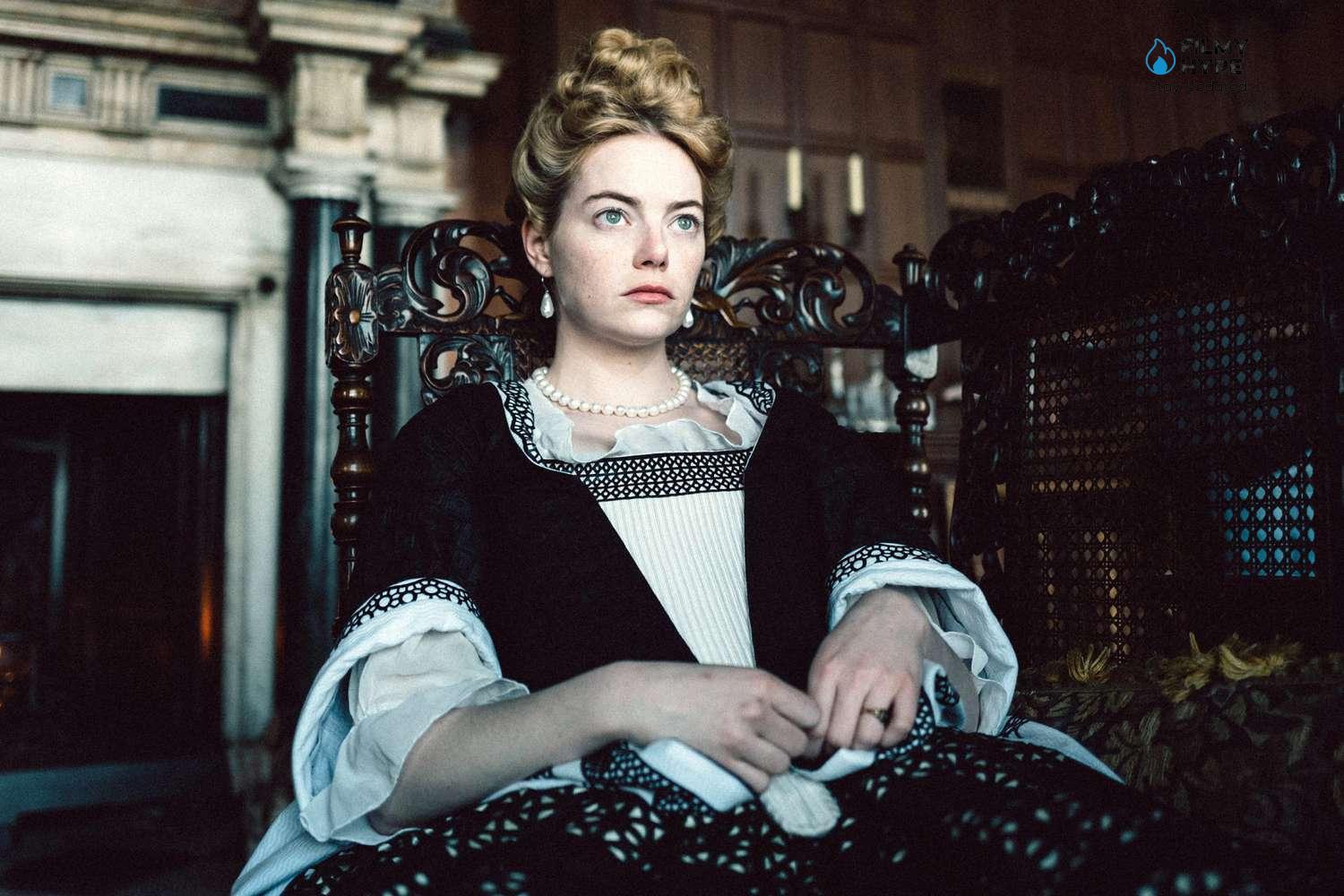
The last scene of Lanthimos’ work is one of the most eloquent and gives meaning to all the events the spectator has witnessed up to that moment. After attending a party, Abigail goes to the queen’s apartments to keep her company; while she thinks she is not seen, the woman crushes one of the queen’s beloved bunnies with her elegant shoes, before letting him go away, with a sadistic grin that distorts her delicate features. The queen’s rabbits are an invention of Lanthimos and not a historical truth; as already mentioned, they represent each of Anna’s deceased children, and are often present in the frame, acting as a constant reminder for the viewer: the sovereign’s psyche is destroyed by mourning, her need for affection is constant. If Sarah considers them as a simple pastime with a disturbing aftertaste, Abigail cuddles them at the beginning of the film and shows a well-constructed tenderness. The ending in which the woman tortures one of these small animals exposes their hypocrisy, lack of scruples, and duplicity.
Seeing her carry out this sadistic act towards what is, in all respects, a symbol of her weakness and loss, Anna is faced with a truth for which she feels remorse, anger, and shame: she trusted the woman wrong. But she is still the queen. When it comes to power, however manipulable it may be, the last word is hers. She orders Abigail to “massage her legs” (an act that usually led to oral sex) like when she was a simple maid. While Abigail, prostrate on her knees in front of her queen, massages her leg, Anna forcefully takes her hair, with an apparently simple, but violent and extremely eloquent gesture. It doesn’t matter that the former maid now calls herself Lady Marshall: she will always be, in different ways, her slave, and a prisoner of her whims and her will. Abigail knows that her fortune depends solely on the desires of the queen, who, as with Sarah, has the power to disgrace her (again) at her will at any time.
So Who is The Real Manipulator?
In this last scene, Lanthimos seems to offer us his answer. Abigail is like one of the queen’s bunnies: a symbol of pain, but still a pet; Above all, she is trapped. Her actions, however, ruthlessly calculated to the millimeter, have not changed anything about her situation: differently, she will always, however, be subservient. Sarah has been stripped of all power and prestige, but in her last line, seeing the queen’s knights at the gates of her country residence (who have arrived to impose exile on her), she asks her husband if he would like to move to France. Unlike Abigail, Sarah has gained a new (though unwanted) freedom.

